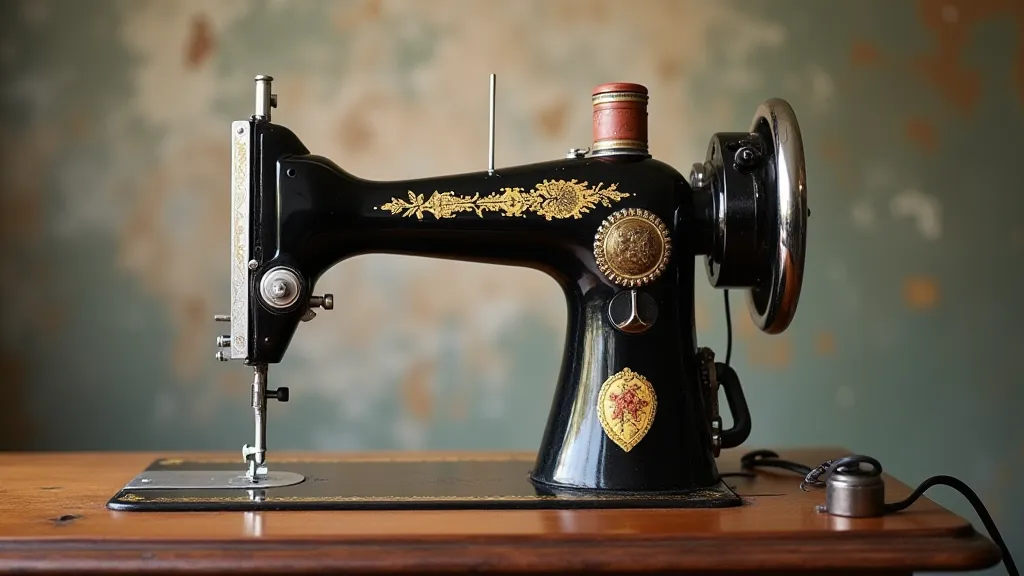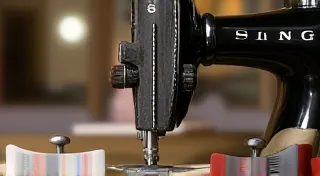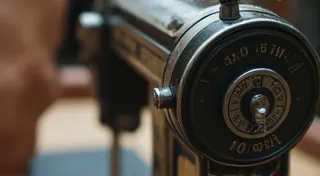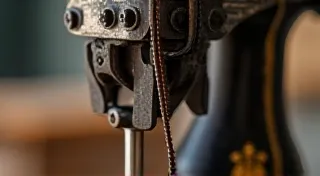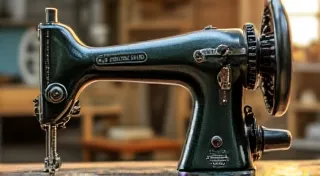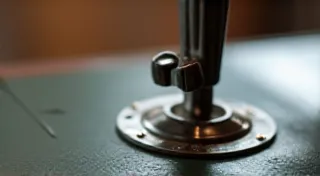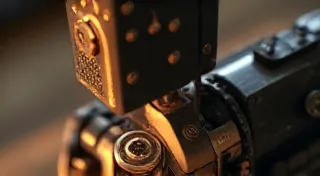Identifying and Sourcing Vintage Sewing Machine Parts
Restoring vintage sewing machines is a rewarding hobby, but finding the necessary replacement parts can be a significant challenge. It’s rarely as simple as ordering from a modern supplier. This guide outlines how to identify parts you need and where to find them, covering both online and offline avenues.
Understanding Part Identification
Before you start searching, accurate identification is crucial. Buying the wrong part can waste time and money. Here's a breakdown of the process:
- Machine Make and Model: This is the absolute first step. The make (Singer, White, Wheeler & Wilson, etc.) and model number (e.g., Singer 901, White 66) are essential identifiers. Often, the model number is stamped on a plate attached to the machine's frame or head.
- Part Name & Function: Knowing the part’s name (e.g., presser foot, bobbin case, needle bar) and what it does will significantly narrow your search. Reference your machine's original manual, if available. If not, online forums and vintage sewing machine groups can be incredibly helpful in identifying unnamed parts.
- Measurements & Comparison: Even if you have a part name, dimensions can vary slightly between models. Measure the part carefully. If possible, compare it to photos of known parts from the correct machine model.
- Markings & Numbers: Many parts have numbers stamped or cast onto them. These are often manufacturer's part numbers that can be used for identification and sourcing.
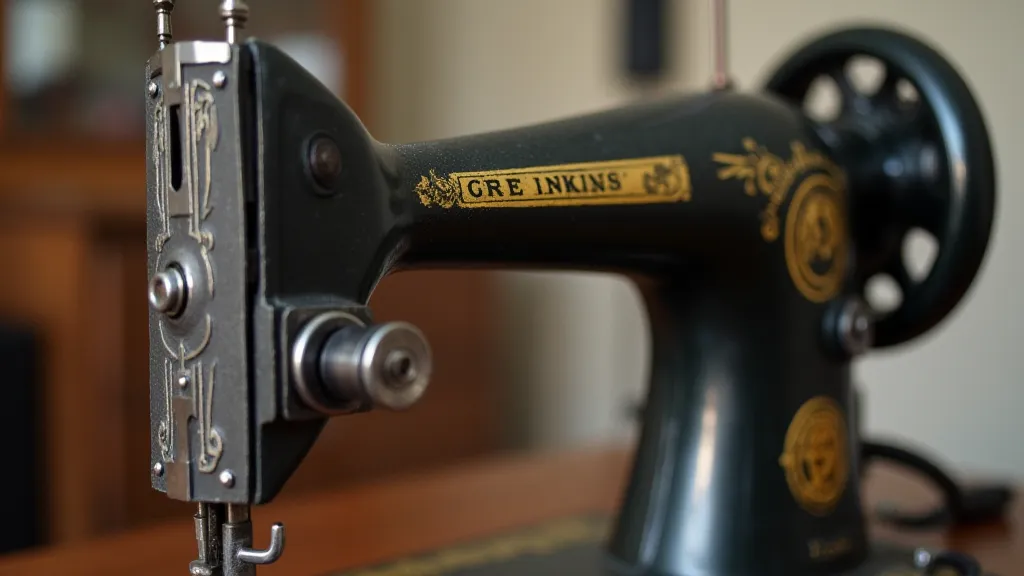
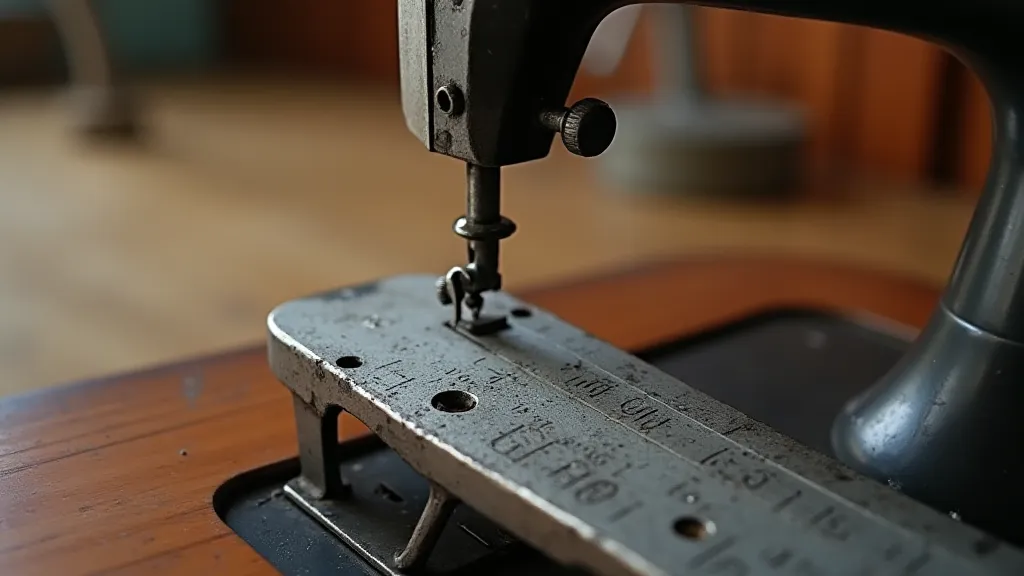
Online Sourcing Options
The internet has revolutionized vintage sewing machine parts sourcing. However, due diligence is necessary.
- eBay: A vast marketplace for vintage sewing machine parts. Use specific search terms (e.g., “Singer 901 bobbin case”) and carefully examine listings for part numbers and compatibility information.
- Etsy: Often features smaller vendors specializing in vintage sewing machine parts, often refurbished or reproduced.
- Dedicated Vintage Sewing Machine Parts Websites: Several websites specialize in vintage sewing machine parts. These often have detailed catalogs and knowledgeable staff. Examples include (but are not limited to):
- LCM Sewing Machine Parts
- Sewing Machine Parts Online
- Online Forums & Groups: Join online forums and groups dedicated to vintage sewing machines. Members often have parts to sell or can offer valuable identification assistance.
Offline Sourcing Options
While online resources are convenient, don't overlook offline avenues:
- Antique Stores & Flea Markets: These are goldmines for vintage parts, but require patience and a keen eye.
- Estate Sales & Auctions: These often include sewing machines and parts.
- Sewing Machine Repair Shops: Some older repair shops may have a stock of vintage parts.
- Scrap Metal Dealers/Recyclers (Use Caution!): Occasionally, parts can be salvaged from broken machines. This requires caution and respect for safety and environmental concerns.
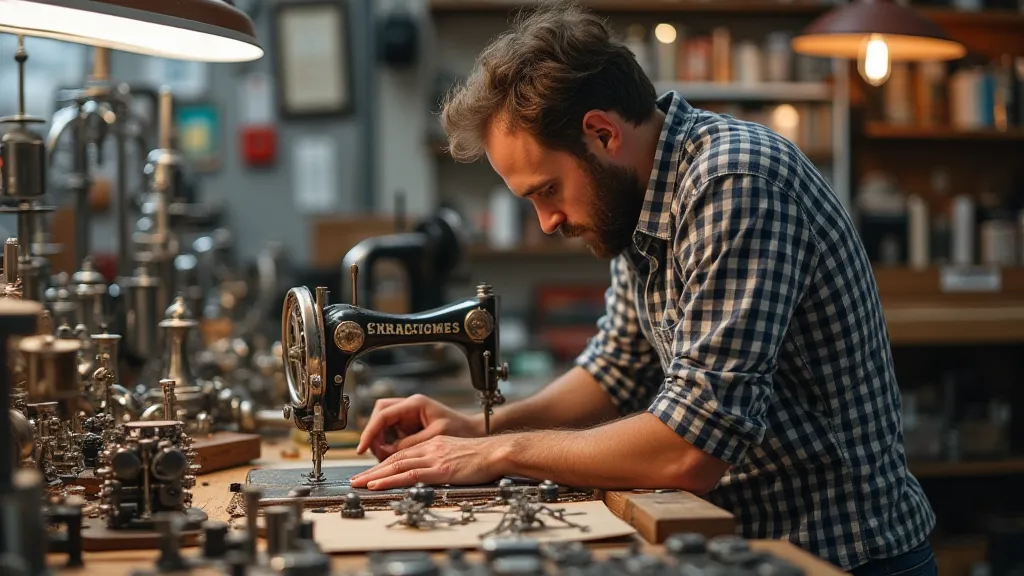
Important Considerations
- Compatibility: Parts are not always interchangeable between different makes and models. Double-check compatibility before purchasing.
- Condition: Vintage parts can be worn or damaged. Assess the condition carefully before buying.
- Reproductions: Some parts are reproduced, which can be a good option if original parts are scarce. However, reproduction quality can vary.
- Cost: Prices for vintage sewing machine parts can vary widely depending on rarity, condition, and demand.
Sourcing vintage sewing machine parts is a challenge, but with patience, research, and a bit of luck, you can find the pieces you need to restore your machine to its former glory.
